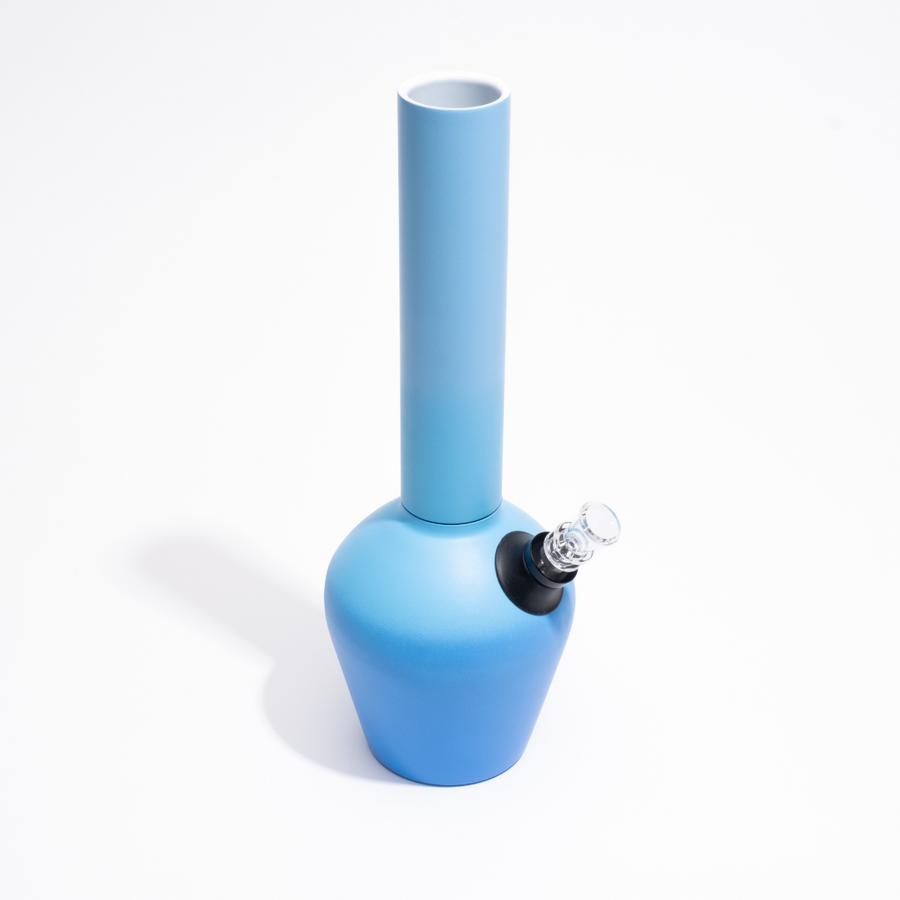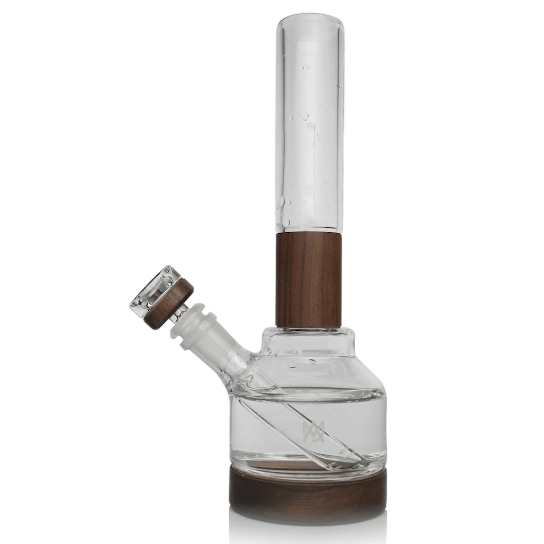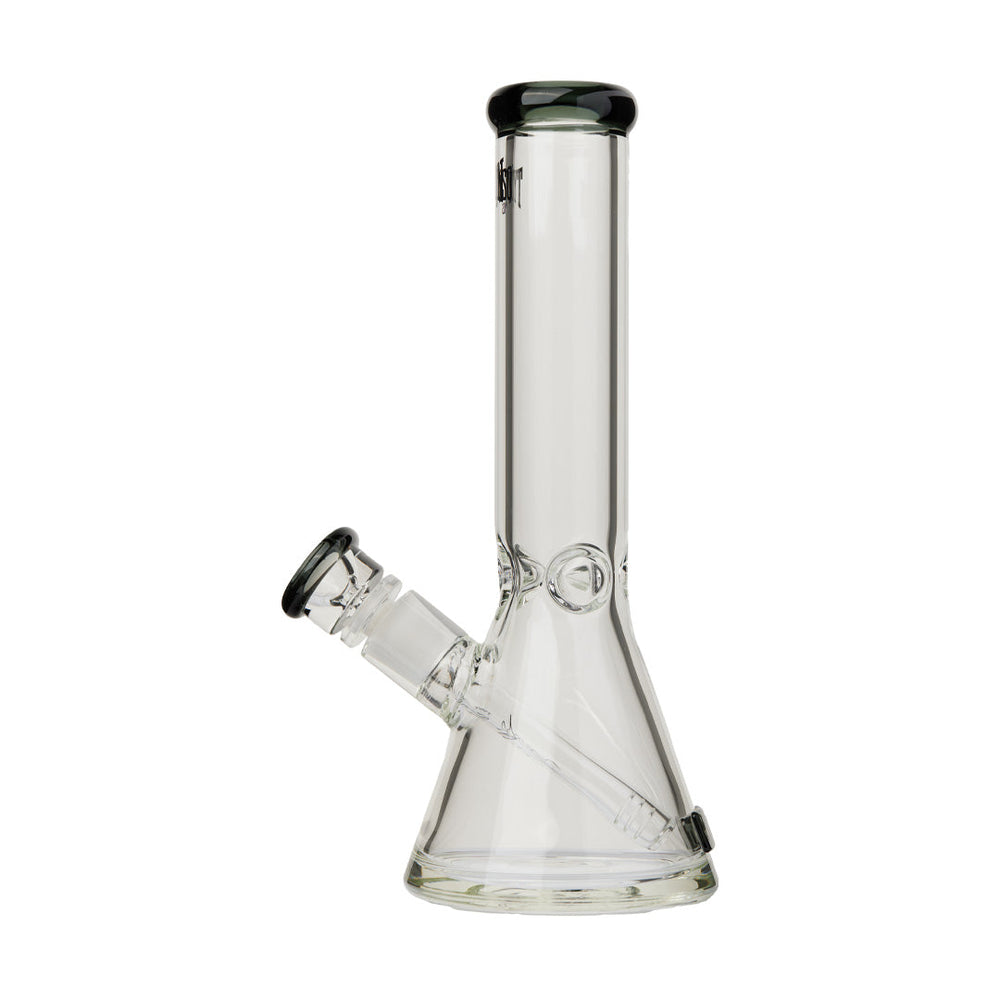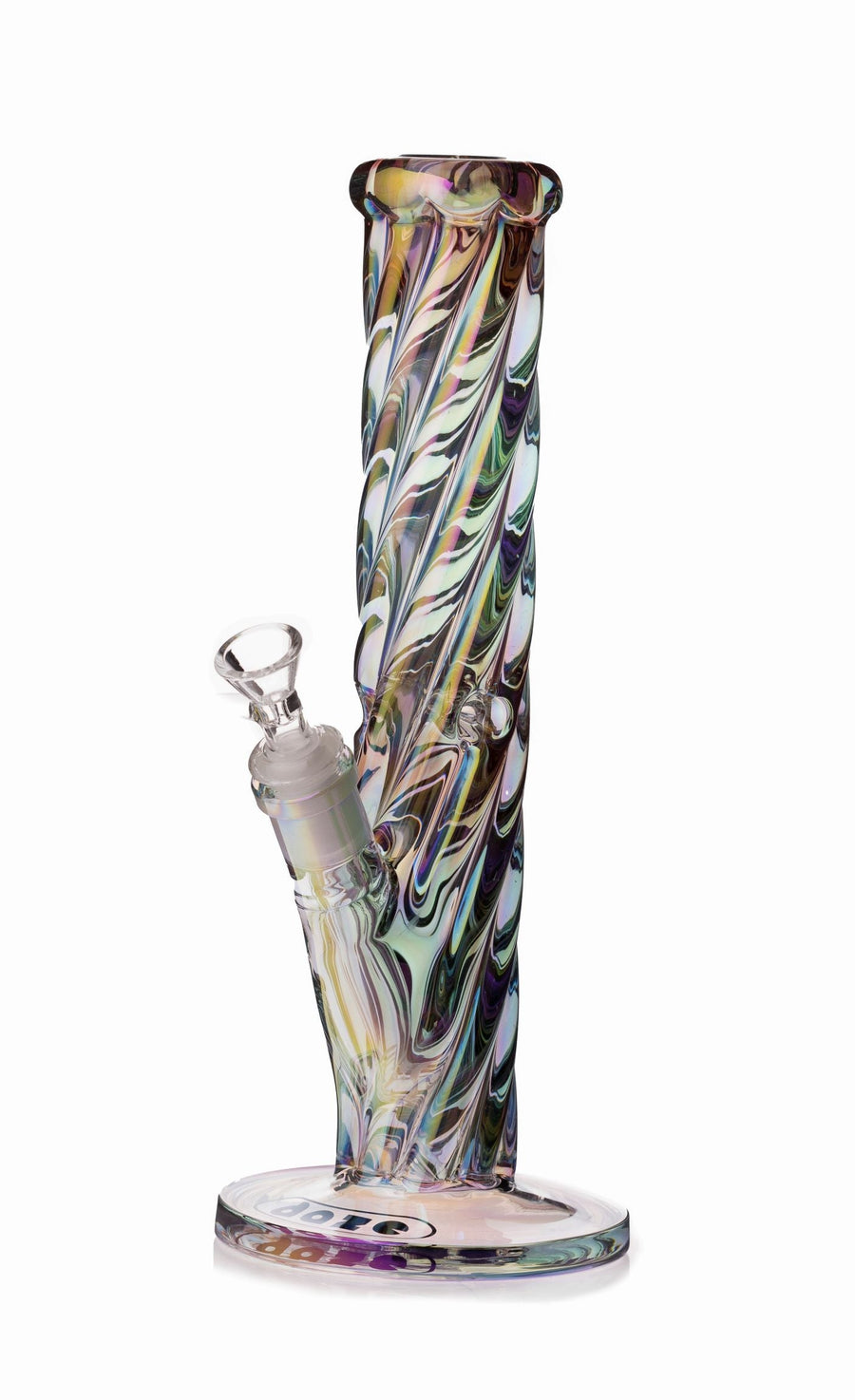When Were Bongs Invented: Tracing the Origins of Cannabis Water Pipes

Have you ever wondered about the origins of the bong? Bongs have been used for thousands of years. This article will explore the history and evolution of cannabis water pipes. Keep reading to discover more!
Key Takeaways
- Ancient Africans were some of the first to use water pipes for smoking, creating devices from pottery and animal horns. They smoked cannabis and tobacco through these early bongs during rituals and social events.
- The introduction of tobacco in Persia and Asia brought a new era of smoking with water pipes. This innovation spread quickly across these regions, making the bong an essential part of smoking culture.
- Bongs traveled along the Silk Road, reaching many parts of Asia. This helped share different ways to smoke cannabis among various cultures.
- In America, modern glass bongs became popular in the 1960s and 1970s thanks to Bob Snodgrass. Despite government rules against them, people continued to enjoy using bongs by creating more secret designs.
- Government laws in the 20th century made it hard for people to buy or sell bongs because they were considered drug tools. However, smokers found new ways to keep enjoying their use by being inventive with how they looked and worked.
Ancient Use of Water Pipes
Ancient cultures in Africa used water pipes for smoking. The introduction of tobacco increased the use of water pipes and their spread across Persia and Asia.
Evidence in Africa
Scientists found ancient artifacts in Africa that show people there used water pipes for smoking. These old items date back hundreds of years. They are made from pieces of pottery and animal horns.
This discovery suggests that Africans were among the first to invent a way to smoke with water filtration.
The idea was simple but clever. They filled these handmade devices with water and herbs, including cannabis and tobacco. Smoke would pass through the water, cooling down before being inhaled.
This method made smoking smoother and less harsh on the throat. African tribes used these early bongs during rituals and social gatherings, showing their deep connection with smoking culture.
Introduction of tobacco
Tobacco was first introduced through water pipes in ancient Persia and Asia, providing a new way to smoke. The water filtration pipes allowed for smoother draws, which enhanced the smoking experience.
This method of smoking quickly spread throughout different cultures and civilizations, contributing to the evolution of smoking devices into what we know today as bongs.
The introduction of tobacco marked a significant shift in the use of water pipes, as it added another layer to the experience of using these herb-smoking devices. Through its incorporation into water pipes, tobacco paved the way for further innovations in cannabis consumption tools.
Spread through Persia and Asia
Water pipes are believed to have made their way through Persia and Asia, spreading the practice of smoking tobacco. The Silk Road played a significant role in this spread, allowing for the exchange of various goods and ideas.
As this smoking apparatus gradually gained popularity, it became an integral part of cannabis culture in these regions. The use of bongs was not only limited to traditional tobacco pipes but also involved hemp and marijuana water pipes in ancient times.
The introduction of bongs into these areas marked a pivotal evolution in the realm of herb smoking devices as it tailored the experience towards seeking more than just traditional methods, opening up new possibilities for smokers across Persia and Asia.
Evolution of Bongs
Bongs evolved along the Silk Road and made their way to America. Government interference also played a role in shaping their development.
The Silk Road influence
The Silk Road connected cultures and facilitated the exchange of goods, including cannabis. This trade route allowed for the sharing of smoking techniques and led to the spread of bongs throughout Asia.
The intricate designs and filtration systems seen in early water pipes can be traced back to this influential period of history.
Bongs in America
Bongs in America saw a surge during the 1960s and 1970s, when cannabis culture gained momentum. Bob Snodgrass pioneered modern glass bongs in the 1970s, revolutionizing the smoking experience.
As laws around cannabis evolved, more intricate and innovative designs emerged, including gravity bongs and hemp pipes. Government interference led to the development of discreet and portable options for stoners.
Government interference
Government interference with the use of bongs became more prominent during the 20th century when regulations on drug paraphernalia were enacted. The Controlled Substances Act in 1970 classified items like bongs as illegal drug paraphernalia, leading to strict enforcement and penalties for their possession and sale, impacting stoners' access to these cannabis smoking tools.
Despite this, many enthusiasts have continued to find ways around these restrictions through creative design innovations and discreet marketing strategies.
Conclusion
Tracing the origins of cannabis water pipes reveals a rich history of early use in Africa and their spread through Persia and Asia. The evolution of bongs, influenced by the Silk Road, made its mark on America despite government interference.
Bongs have a fascinating history that continues to captivate enthusiasts worldwide.
FAQs
1. When were bongs first invented?
Bongs, or cannabis water pipes, have a long history that goes back centuries. Historians believe they were first used thousands of years ago in Asia.
2. What is a gravity bong?
A gravity bong is a type of homemade water pipe that uses the force of gravity to pull smoke into the chamber. It's known for being very powerful.
3. How did people invent bongs?
People invented bongs as a smoother way to inhale smoke from burning cannabis by passing it through water before breathing it in.
4. Have bongs changed much since they were first invented?
Yes, over time, the design and materials used for making bongs have evolved significantly from simple bamboo tubes to glass and modern plastics offering various features.






![Vessel Helix Pipe [Copper] - Headshop.com](http://www.headshop.com/cdn/shop/files/ad3c0443-b76d-4fe5-84b8-a617dd50a950.jpg?v=1747419387&width=900)
![Vessel Helix Pipe [Copper] - Headshop.com](http://www.headshop.com/cdn/shop/files/7b0e06e3-9106-4684-80e4-408362c34085.jpg?v=1747419388&width=1000)
![Vessel Wood Vape Pen Battery [White/Beechwood] + - Headshop.com](http://www.headshop.com/cdn/shop/files/4ecd5d0f-363a-454e-a7a0-229fb93bf456.jpg?v=1725470645&width=900)
![Vessel Wood Vape Pen Battery [White/Beechwood] + - Headshop.com](http://www.headshop.com/cdn/shop/files/d232e493-09e6-4574-b44c-3e2bde9425b4.jpg?v=1725470647&width=1000)


![Vessel Compass Apex Charger [Black] - Headshop.com](http://www.headshop.com/cdn/shop/files/f10e6bf4-6ce7-4a59-a50e-a4184f069754.jpg?v=1729115238&width=900)
![Vessel Compass Apex Charger [Black] - Headshop.com](http://www.headshop.com/cdn/shop/files/dce98c70-346c-405f-aca8-d59c7feed96d.jpg?v=1729115240&width=1000)
























![Pipe by Vessel [Gunmetal]](https://cdn.shopify.com/s/files/1/0585/8462/9443/files/Pipe_Gunmetal_Angle_500x500.jpg?v=1744306453)













